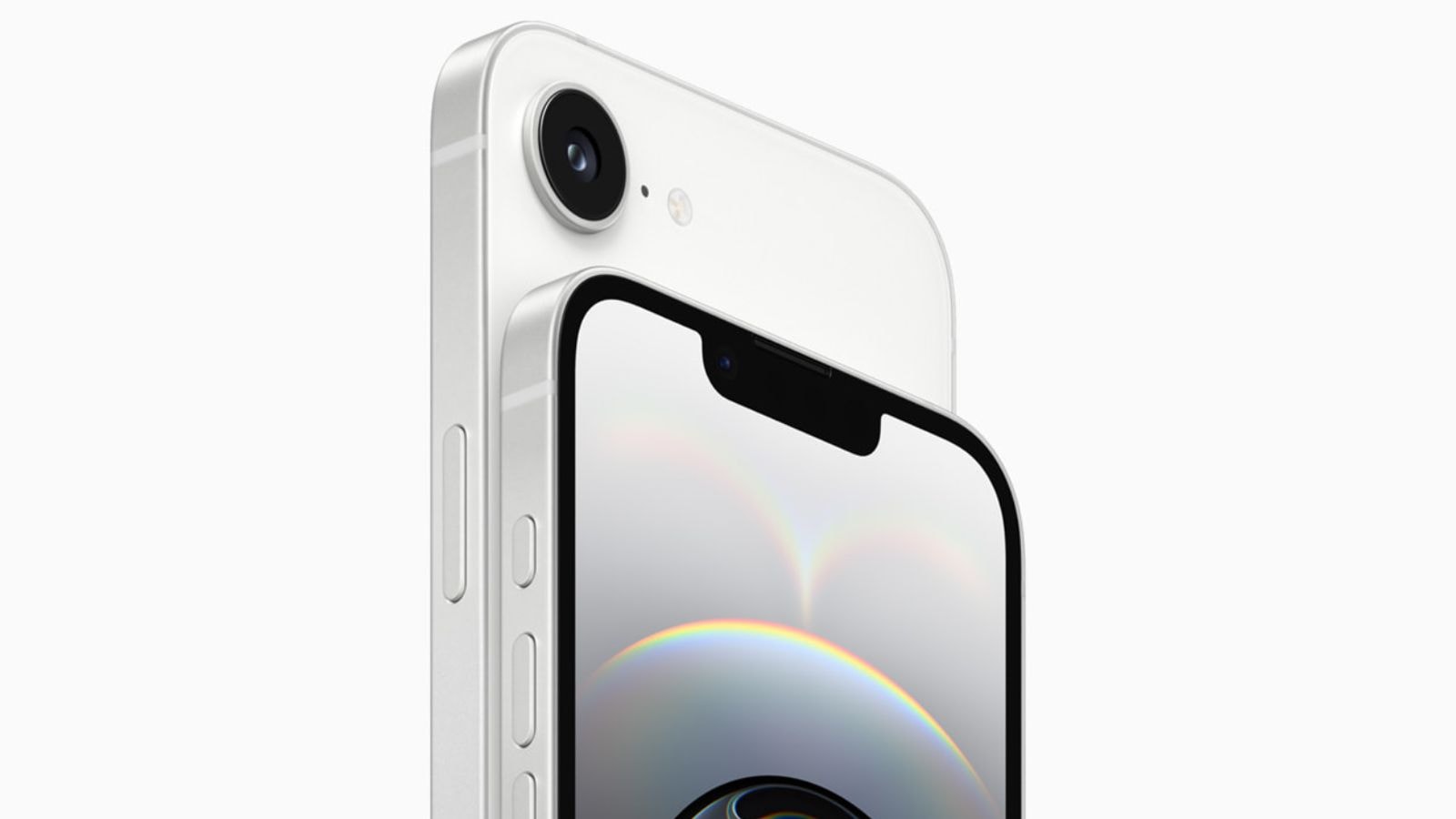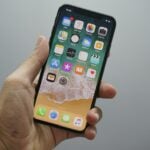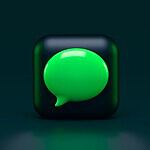Experiencing a problem where your iPhone could not be restored because the device cannot be found can be frustrating. To fix this issue, start by connecting your iPhone to a trusted computer with an official cable and ensure the computer is running the latest version of iTunes or Finder. If the device is still not being detected, try putting your iPhone into recovery mode or DFU mode and attempt the restoration process again.
Another common cause for this issue involves the connection between the iPhone and the computer. Switching USB ports or using a different cable can often resolve the problem. In some cases, restarting both the iPhone and the computer can help. It is also helpful to ensure all software, including iOS and computer operating systems, is up to date.
For those who continue to face this issue, consider using specialized software to resolve the problem. These programs often provide step-by-step guides to securely restore the device without losing data. This method can be particularly useful when standard methods fail.
Common Causes of “The iPhone Could Not Be Restored” Error
When iTunes or Finder throws the dreaded “The iPhone could not be restored” message, it’s usually tied to communication issues between your iPhone and your computer. Understanding the possible causes can help you fix the problem faster.
| Possible Cause | Description |
|---|---|
| Outdated iTunes or macOS | Software incompatibility can block the restore process |
| USB connection issue | Faulty cables or ports may interrupt communication |
| Security software interference | Antivirus or firewall may block Apple services |
| Corrupted IPSW firmware | Incomplete or damaged restore files can trigger errors |
| iPhone hardware problems | Faulty logic board, NAND, or power issues can prevent proper restoration |
Basic Fixes to Try First
1. Update iTunes or Finder
Ensure you’re using the latest version of iTunes (on Windows or older macOS) or macOS Finder (on macOS Catalina and later). Updates often fix bugs that interfere with device restoration.
- On Windows: Open iTunes > Help > Check for Updates
- On macOS: Go to System Settings > General > Software Update
2. Use a Certified Lightning Cable and USB Port
A poor connection can stop a restore cold. Make sure to:
- Use an official Apple cable or an MFi-certified one.
- Plug directly into your computer (not through a hub).
- Try a different USB port.
3. Restart Everything
Sometimes a simple restart clears up the issue:
- Restart your iPhone
- Restart your Mac or PC
- Relaunch iTunes or Finder
Advanced Fixes Based on Error Codes
If you receive a numeric error code (e.g., 4013, 9, 3194), that code can guide your troubleshooting. Here’s what the most common codes typically mean:
| Error Code | Likely Cause | Suggested Fix |
|---|---|---|
| 9 | Device disconnected during restore | Try a different cable or USB port, disable security software |
| 4013 | Hardware communication error | Force restart iPhone, try a different computer, update iTunes/Finder |
| 3194 | Firmware signing issue | Check your hosts file, ensure iTunes can connect to Apple’s update server |
| 21 | Corrupted firmware file (IPSW) | Re-download the IPSW file manually or use recovery mode |
Try Recovery Mode or DFU Mode
If a standard restore fails, booting into recovery mode or Device Firmware Update (DFU) mode may bypass the issue.
How to Enter Recovery Mode
- Connect iPhone to your computer.
- On iPhone 8 or later: Press and quickly release Volume Up, then Volume Down, then press and hold the Side button until you see the recovery screen.
- On iTunes/Finder: Choose Update or Restore when prompted.
How to Enter DFU Mode
DFU mode goes deeper than recovery mode and bypasses the iOS bootloader:
- Connect your iPhone via USB.
- On iPhone 8 or later:
- Quickly press and release Volume Up.
- Quickly press and release Volume Down.
- Hold the Side button for 10 seconds, then press Volume Down (keep holding both for 5 seconds).
- Release the Side button, but keep holding Volume Down for another 5 seconds.
- Screen should stay black. If iTunes/Finder detects the device, you’re in DFU mode.
Use Restore when prompted, not Update, for a full reinstallation.
Check Hosts File for Blocked Apple Servers (Windows Only)
If you’re using Windows and getting error 3194, the hosts file may be redirecting Apple’s update servers.
Steps to Edit Hosts File:
- Open Notepad as Administrator.
- Open:
C:\Windows\System32\drivers\etc\hosts - Look for a line with
gs.apple.com. If found, put a#in front of it, or delete the line. - Save the file and restart your PC.
Disable Security Software Temporarily
Some antivirus programs and firewalls block Apple’s update servers or USB communication. Try temporarily disabling them, then attempt the restore again.
| Security Software | What to Check |
|---|---|
| Antivirus (McAfee, Norton, etc.) | Disable real-time scanning and USB filtering |
| Firewall | Allow iTunes/Finder through your firewall settings |
| VPN or Proxy | Disable any active VPN or proxy during the restore |
Manually Download the IPSW File
Sometimes iTunes downloads a corrupted or incompatible firmware file. You can download the correct IPSW manually and install it yourself.
How to Do It:
- Visit a reliable IPSW site (such as ipsw.me).
- Select your iPhone model and download the latest signed IPSW.
- In iTunes or Finder:
- Hold Shift (Windows) or Option (Mac) while clicking Restore iPhone.
- Select the downloaded IPSW file.
Make sure the file is signed and compatible with your iPhone model.
When Hardware Could Be the Problem
If none of these steps work and your iPhone still won’t restore, it could be due to:
- A failing NAND chip
- Damaged baseband CPU
- Power management IC issues
In such cases, Apple or a certified repair center will need to inspect the device.
Key Takeaways
- Connect your iPhone to a trusted computer and use an official cable.
- Try using recovery mode or DFU mode.
- Consider specialized software if other methods fail.
Diagnosing Connectivity and Software Issues
When an iPhone cannot be restored and shows the error “The device cannot be found,” checking the connection between the computer and the device as well as ensuring the latest software updates can often resolve the issue.
Evaluating Computer-Device Connection
Begin by checking the USB cable and port. Use an original Apple USB cable and try multiple USB ports on the computer. Connecting directly to the computer instead of using a USB hub can prevent issues.
If the device still cannot be found, restart the computer and iPhone. For iPhones with Face ID, press and hold the Side button along with either volume button. For older models, use the Home button. Restarting can solve unknown errors because it refreshes the system.
Trust prompts might also appear. Ensure that you tap “Trust” on the iPhone when prompted. If there’s an error message, disabling antivirus or firewall temporarily might help as some security software can block the connection. Also, avoid using outdated versions of macOS or Windows.
Assessing iTunes and Software Updates
iTunes should be up to date. Open the program and check for updates. If an update is available, install it and restart the program. An outdated version of iTunes can lead to compatibility issues and may prevent the device from being recognized.
Next, check the iPhone’s software. If the iPhone is in Recovery mode, you will see an Apple logo with a cable on the screen. Attempt to update or restore the device from this mode. If it fails, put the iPhone into DFU mode. This might help bypass persistent software errors during the restoring process.
Sometimes, reinstalling the Apple Mobile Device USB Driver can fix connection issues. For Windows, this is done through Device Manager. For macOS, reinstalling iTunes often solve this. Always make sure the iPhone’s firmware is compatible with the iTunes version you are using.
Regularly updating the software and keeping the device in good condition help to avoid many of these issues.







